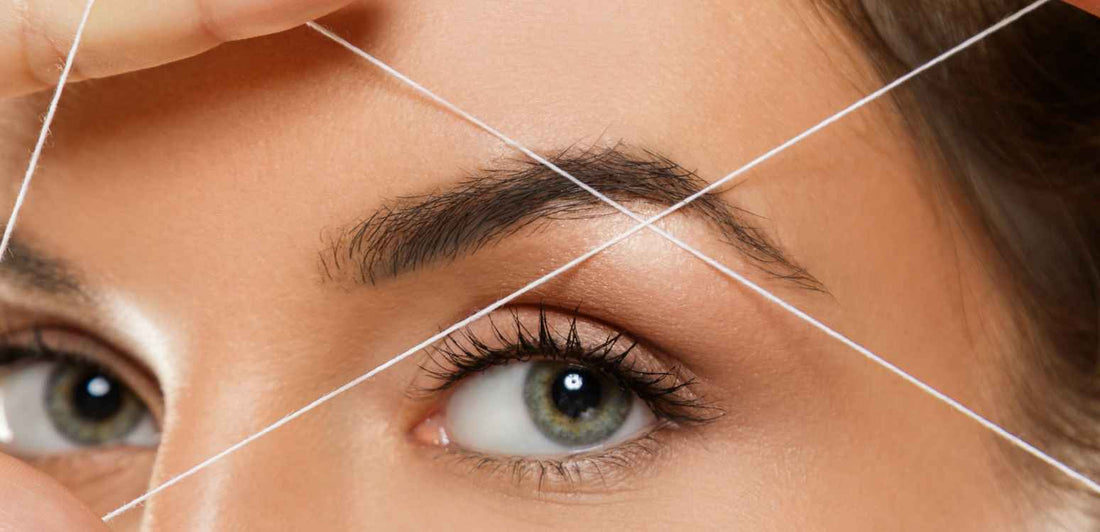Creating a flawless makeup look starts with the base. While bright lipsticks and bold eye colours are designed to stand out, your foundation or tinted serum should do the opposite. A good base blends into the skin so smoothly that it looks like a natural extension of your complexion.
The importance of matching makeup to your skin tone cannot be overstated. A well-chosen shade ensures your skin looks seamless, radiant, and healthy, rather than patchy or mismatched. The goal is to enhance your natural beauty, not cover it up with a mask of colour. When done correctly, your foundation becomes invisible – leaving you with skin that looks like the best version of itself.
Deciphering Your Skin Tone
Your skin tone refers to where you sit on the spectrum from very light to very deep. Within this spectrum lies a wide range of shades, each with its own subtle variations. Identifying your place on this scale is the first step towards finding a makeup match that feels effortless.
Most beauty brands offer several shades within their product ranges, but the naming conventions can sometimes feel confusing. Instead of relying solely on shade names, it helps to look at real-life examples. This is where Trinny London’s Match2Me tool and Lookbook come in handy. By browsing models across a variety of skin tones, from the lightest porcelain to the deepest ebony, you can identify the complexion closest to yours. Once you find your match, you can explore tailored product suggestions, making the process of shade selection far less overwhelming.
Recognising your skin tone is about seeing the bigger picture – how light or deep your skin is overall. It is the canvas that sets the stage for the next crucial factor: your undertone.
Understanding Undertones
While skin tone refers to lightness or depth, undertone relates to the subtle hues beneath the surface. These tones stay consistent regardless of tanning or seasonal changes, and they play a huge role in how makeup looks once applied. Undertones are usually classified as warm, cool, or neutral.
If your undertone is warm, your skin has golden, peach, or yellow hints. Cool undertones lean more towards red, pink, or blue shades. Neutral undertones sit somewhere in the middle, balancing warm and cool without one dominating.
Finding your undertone doesn’t need to be complicated. A simple test with jewellery often works. Hold a piece of gold and a piece of silver next to your skin. If gold seems to brighten your complexion, you likely have warm undertones. If silver flatters you more, your undertones are probably cool. If both look equally good, you may be neutral – which often means more flexibility when choosing shades.
Another method involves looking at your skin against a white background or wearing a plain white top. The neutral backdrop will highlight whether your skin leans warmer or cooler in its base hues.
Getting your undertone right is crucial. You might choose a foundation that matches your overall skin tone perfectly, but if the undertone is off, the finish will appear unnatural. It could make your skin look too ashy, too orange, or simply flat. Aligning your makeup with your undertone ensures the colour blends into your complexion seamlessly, creating a natural and balanced result.
Considering Seasonal Changes
One important point to remember is that skin tone is not entirely fixed. Even with consistent sun protection, most people notice their skin becoming slightly deeper in the summer months and lighter during winter. This seasonal variation means you may need more than one foundation or base product throughout the year.
During summer, a slightly warmer or deeper shade can help your base look harmonious with the rest of your skin. In winter, switching back to a lighter tone avoids the tell-tale line of contrast at the jawline. For those in between, bronzer can be a useful tool to bridge the gap, adding warmth without needing an entirely new foundation.
Acknowledging these changes helps you maintain a natural finish all year round. A flexible approach ensures your makeup adapts with your skin rather than working against it.
Conclusion
Matching makeup to your skin tone is about achieving a base that looks natural, smooth, and effortless. Begin by identifying your overall skin tone – from light to deep – and then explore your undertones to ensure your foundation complements the unique hues beneath the surface. Keep in mind that skin tone shifts with the seasons, so be prepared to adjust your products accordingly.
Tools such as Trinny London’s Match2Me and Lookbook make this process simple, guiding you towards shades that are tailored to your complexion. With the right knowledge and resources, you can ensure your makeup feels like skin – only better.
Frequently Asked Questions
Why is it important to match foundation to skin tone?
A good match creates a seamless and natural look, preventing visible lines or mismatched patches. It enhances your natural complexion rather than masking it.
What’s the difference between skin tone and undertone?
Skin tone refers to how light or deep your skin is, while undertone refers to the subtle colours beneath the surface – warm, cool, or neutral.
Can my undertone change over time?
No, undertones remain the same throughout your life. However, your skin tone can shift slightly with seasonal changes or sun exposure.
How can I test foundation shades at home?
Swatch along your jawline in natural light, ideally on clean skin. This helps you see how well the shade blends with both your face and neck.
Do I need more than one foundation shade?
For many people, yes. Having one shade for summer and one for winter ensures your base always looks natural as your skin tone changes.





